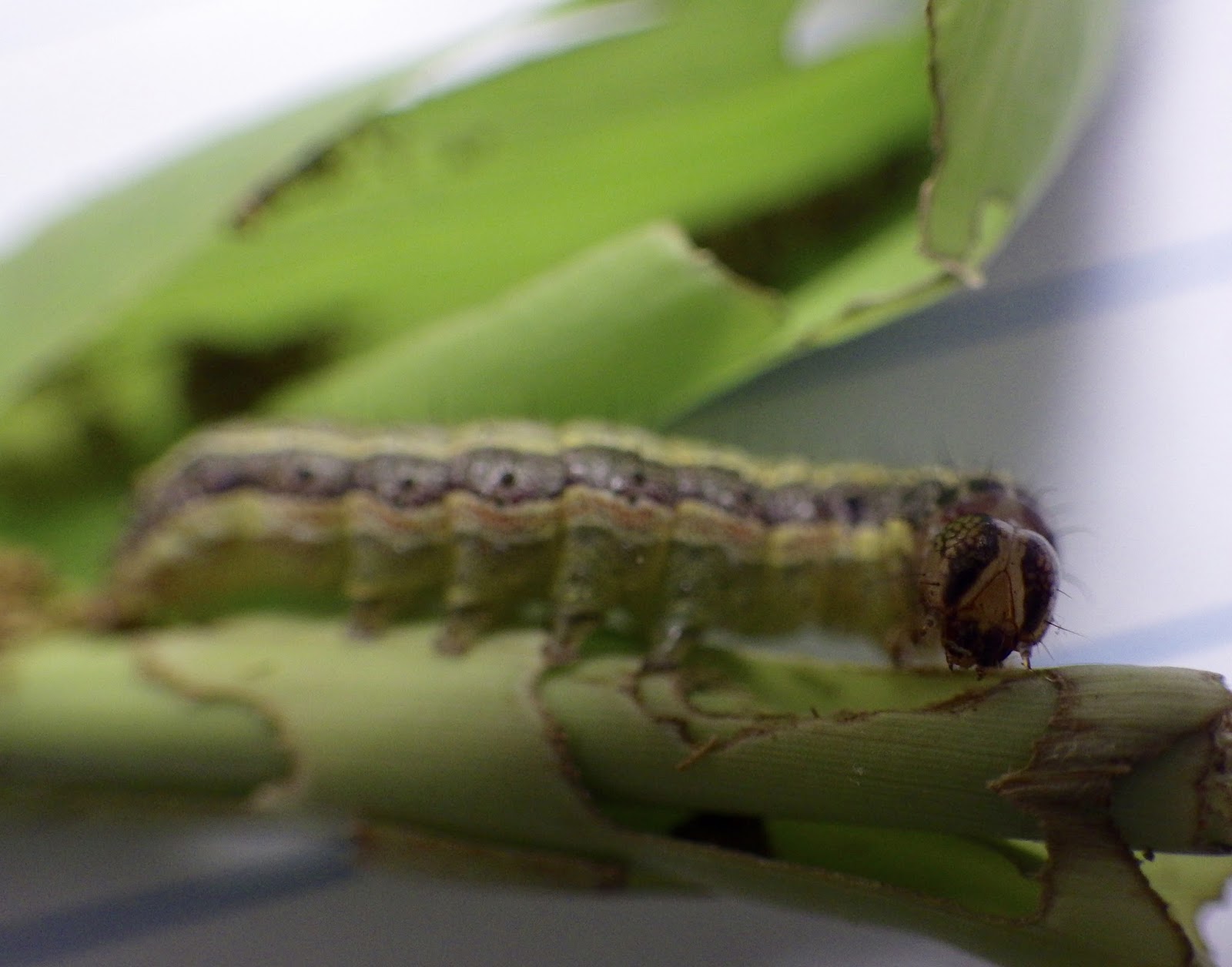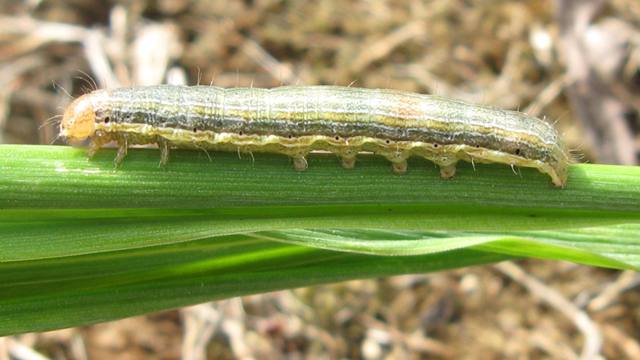


Though Kocher treated the inch-long worms in her yard with bottles of insecticides, she could still see the pests wriggling and flopping around when she was weeding, and when she mowed the lawn, a black slime splattered over her shoes - presumably the armyworms' pulverized bodies. Within two days of armyworms invading her yard, Julie Kocher's plush green lawn, which she said used to feel like a soft carpet to walk on, turned into a withered swathe of brown grass that looked like it had either caught on fire or hadn't been watered in weeks.Īrmyworms got their name from the way hordes of the insects infest and decimate green lawns and crop fields seemingly overnight - and the problem might be worse this year than any other in the past two decades, according to Michael Goatley, a Virginia Tech professor. Sampling can be done with a sweep net or traps if armyworm populations need to be monitored.Account icon An icon in the shape of a person's head and shoulders. There is some evidence that biological controls may help limit armyworm populations.īecause the pest does not typically cause economic harm, insecticides are not routinely recommended. Due to limited research, it is unclear what strategies work best to control this pest.

Wheat head armyworm is not typically a pest that causes economic harm, although sporadic incidents of major economic damage have been reported. However, this pest is generally not an economic concern for most growers. Characteristic damage is indicated by a small hole bored in the base of florets. Feeding on wheat heads at night is most common. Research in Washington by Diana Roberts and colleagues noted up to 35% yield losses due to this insect in spring wheat trials near Davenport. Larvae developing from these eggs then feed on wheat from May into the summer. Moths emerge in the spring months and lay eggs on wheat or barley. Armyworms are moth caterpillars that vary in color (gray or green) with a distinct yellow, white, and brown stripe along the body. Armyworms can be problematic pests in cereal grains.


 0 kommentar(er)
0 kommentar(er)
